Sustainable swine breeding standards
Hypor, the swine brand of Hendrix Genetics, has spent many years focusing on balanced swine breeding. This means balancing the progress of many traits to generate profitability for the total pork supply system. After decades of focusing on balanced breeding, we have reached a new era: the era where we transition from balanced breeding to sustainable breeding. We consider three clear sustainability pathways to breed swine solutions that are economically viable, socially acceptable, and environmentally sound.
As a global leader in swine breeding, with our brand Hypor, we are Setting the Standard in Sustainable Swine Breeding.
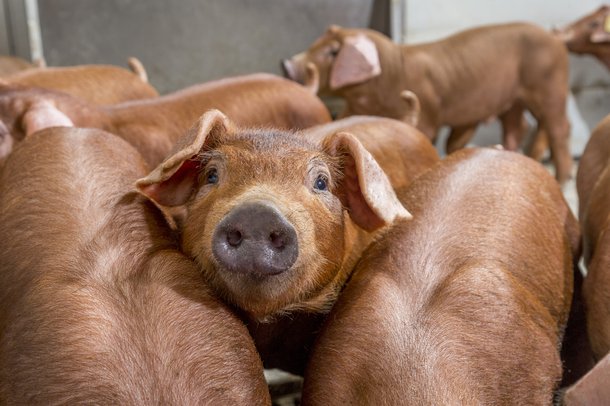
Our standards
We want to set the standards in sustainable swine breeding.
Consideration of the three sustainability pathways is needed to breed swine solutions that are economically viable, environmentally sound, and acceptable from a social perspective. Hendrix Genetics wants to pave the way towards a more economically sustainable pork industry. As a global leader in swine breeding, with our brand Hypor, we want to set the standards in sustainable swine breeding.
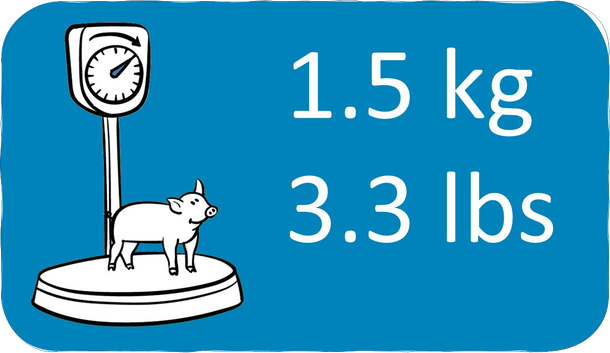
Piglet birth weight: 1.5 kg/3.3 lbs
We currently achieve our standard for sustainable piglet birth weight, with piglets born at an average of 1.5 kg/3.3 lbs. Piglet birth weight is proven to influence lifetime performance, with heavier birth weight piglets more likely to survive and reach market in fewer days. We strive to have no piglets <1 kg/2.2 lbs at birth and currently achieve 90-96% piglets above 1 kg depending on the line used. We continually measure individual piglet birth weights on nucleus and commercial farms to maintain this standard and improve piglet quality.
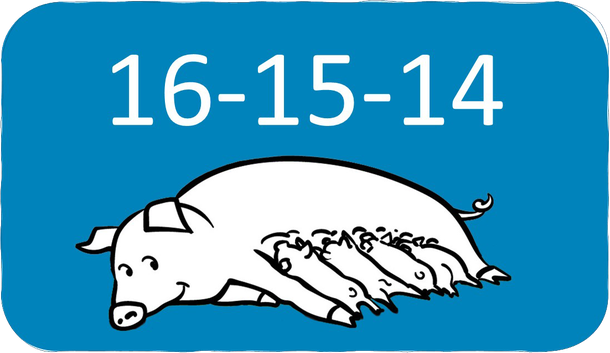
Litter characteristics: 16-15-14
Standard: 16 piglets total born, 15 piglets born alive, 14 piglets weaned. Our sustainable breeding goal for litter characteristics is that any increase in total born must be accompanied by the same (or more) increase in born alive and weaned. If the sow cannot farrow and raise extra piglets, it is not sustainable improvement. This number of piglets is also related to the number of functional teats the sows have.
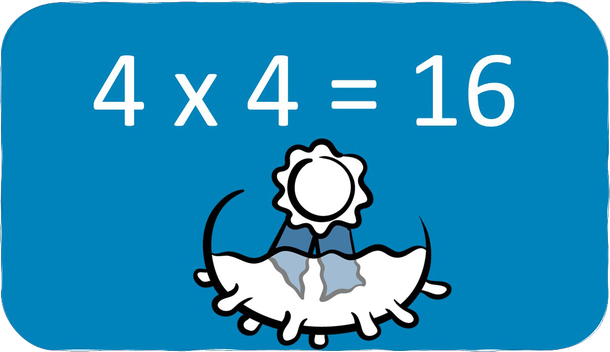
Number of functional teats: 4 x 4 = 16
The number of teats and the position are important. We are working towards a standard of 16 teats in total: 4 sets above the navel and 4 sets below the navel. With the overall goal that the number of functional teats is the same as the number of total born piglets, a high quantity and quality of colostrum is easily accessible. This, in combination with the natural mothering ability of the Hypor Libra, limits the need for nurse sows and milk replacers.
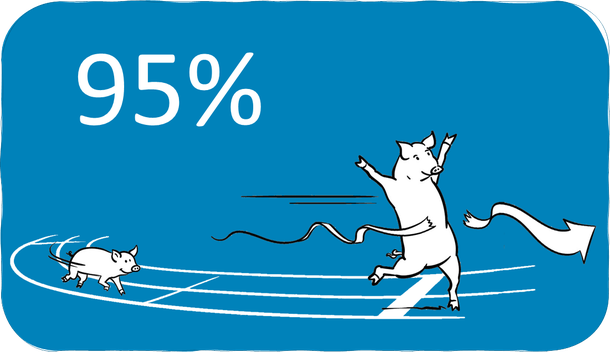
Full value finishers
A Full Value Finisher (FVF) is any pig placed that reaches or survives to the market and/or slaughterhouse requirements. Our goal means > 95% of pigs placed in the nursery will reach market. This standard recognizes the importance of survivability from wean to finish and also hinges on the heavy birth weights you can expect from the Hypor product portfolio.
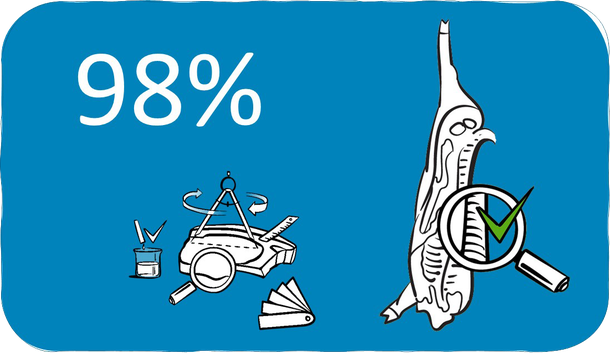
Carcasses hitting the grid
"Hitting the Grid” is dependent on the market and slaughterhouse, but of the full value finishers that reach the market, we strive for 98% of these to hit the grid. This will vary around the world, but our Piétrain and Duroc purebred sire lines are well suited for many markets. The carcasses will meet grid requirements, such as carcass weight, muscle or fat depth, primal yield targets, or meat quality characteristics.
Contact us to learn more about sustainable swine breeding!
Fill in the contact form below and your local sales representatives will contact you.
